Event Photography Tips And Techniques That Will Give You The Edge
Despite the name, there's nothing spooky going on here.
No Scary photographs. We're talking about being noticed, less.
While I was learning the business, I usually took notes or I was shadowing other photographers and practically stealing their craft. For a while, I was just picking up the technical details, which lens for which scenario, evaluating light and so on.
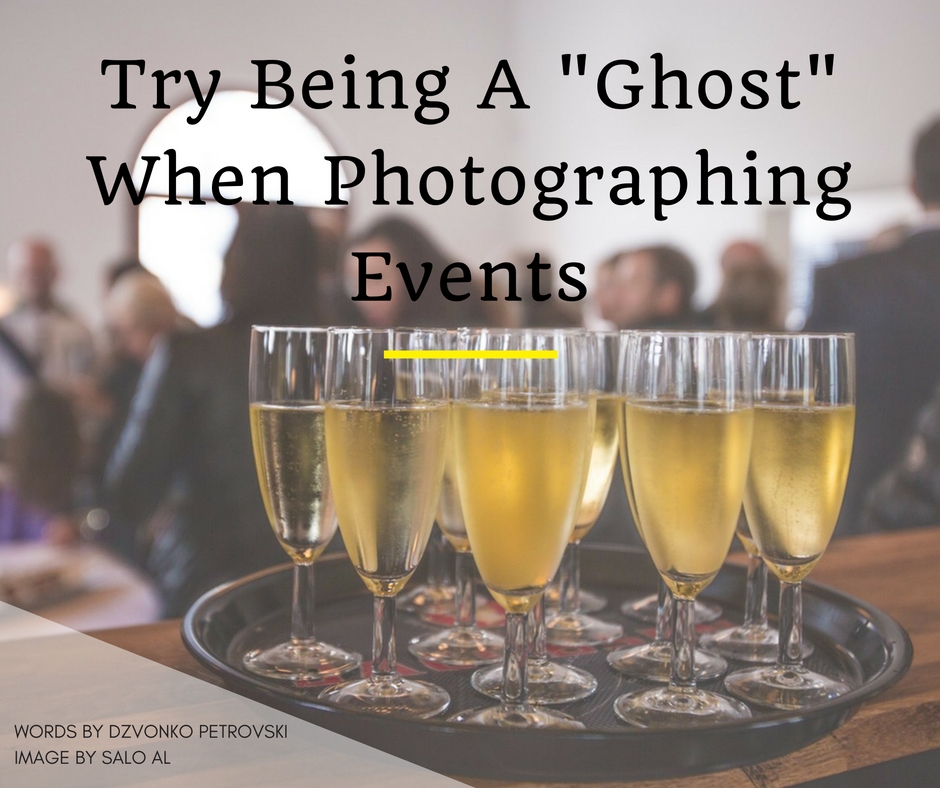
However, not long after, I noticed the photographers I was following tended to fall into two categories:
- Ghosts, and
- Big talkers.
Both of them had their own workflow, but the key difference was the end results. I can’t say that either group failed the job, that never happened.
However, it's a fact that when you coerce your subjects they tend to “pose” and usually they wind up looking a little fake. That was something I noticed with the big talkers.
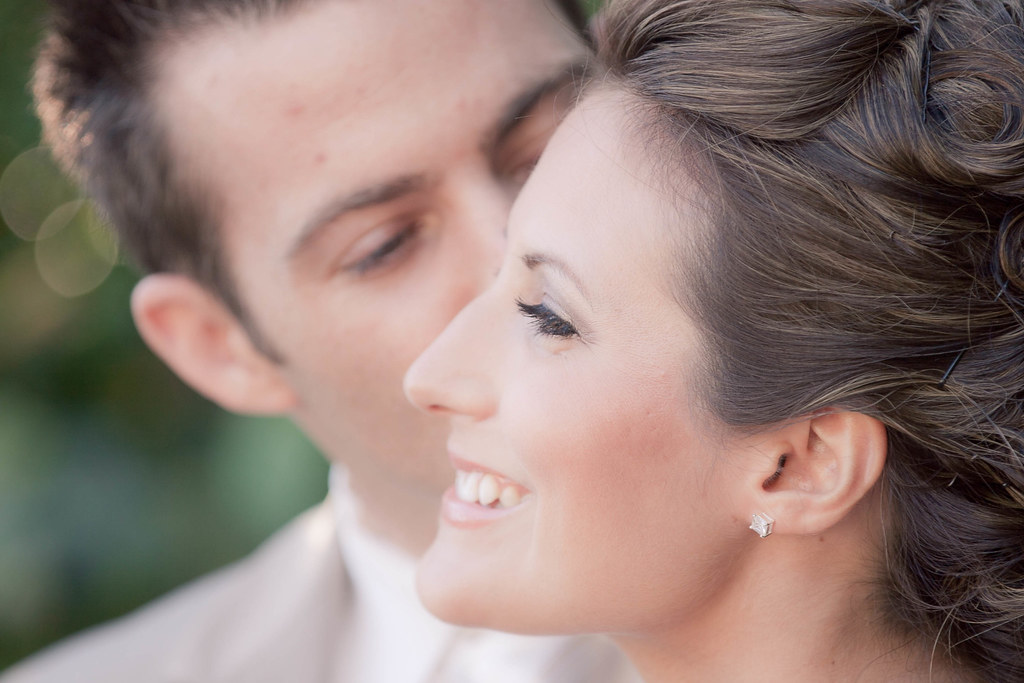
The ghost photographers, on the other side, don’t ask the subjects to pose, they don’t even talk. They move and capture the event.
There are pros and cons to both categories of photographers.
Event Photography Tips And Techniques
The Big Talkers
So, let's begin with the talkative ones – they'd instruct the people the way “they work” for safe and sure shots. They will always get pictures that are good enough. Their work will always follow a flat success line. Job complete, no surprises, everything's fine.
The problem for me in that kind of photography style is that from gig to gig the pictures are by now becoming really similar – I don't feel this level of continuity is particularly valuable.
Group shots, couple shots, dancing and so on; they're usually the same. Photographers who tend to instruct and talk tend to follow a very tight pattern when it comes to framing and light, as well.
I see this done way too often in my country, especially when it comes to weddings. Take 10 random couples and take a look at their wedding pictures. You’ll see the same: group shots at the reception, church shots, and then random shots while the traditional dances occur.
I just feel these days clients want more, they want intimacy in their photos, emotion, hard belly-laughs, interaction, seriousness – to make it feel like “oh yeah, I remember that event, that was a load of fun!”
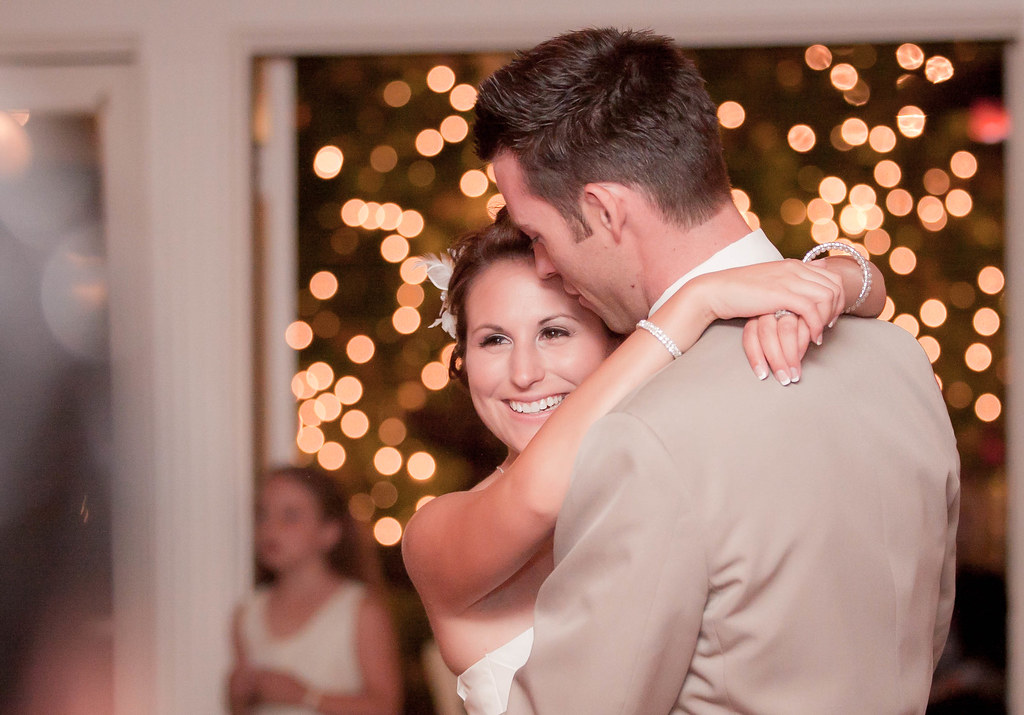
Where I live, the ghosts (a rare breed), often do the classic shots but in a smaller number, and they do it just because some people insist on shots like that – a client will always want to give you at least a handful of ideas of their requirements – that's event photography.
The rest of the event, the “ghosts” hunt for moments.
They move around as quiet as possible without disturbing the guests and they avoid being seen taking photographs as much as possible. Mainly because they don’t want people posing for the shots. For them, capturing the natural looks and emotion is crucial.
My opinion is that photography is all about capturing the moment, freezing one special moment in time. If you are coercing that moment it can lose its value.
If you ask me, I’d always chose a ghost photographer over the other for a wedding. I’m sure a huge amount of photographers will agree with me, except the “big talkers” of course, lol.
But most of the photographers I know work that way, they glide between the crowds and capture the emotions and moments of the event.
At the end of the day, when you get a bunch of pictures which have all the important moments captured – as pure and natural as possible, in my opinion, it's truly priceless.
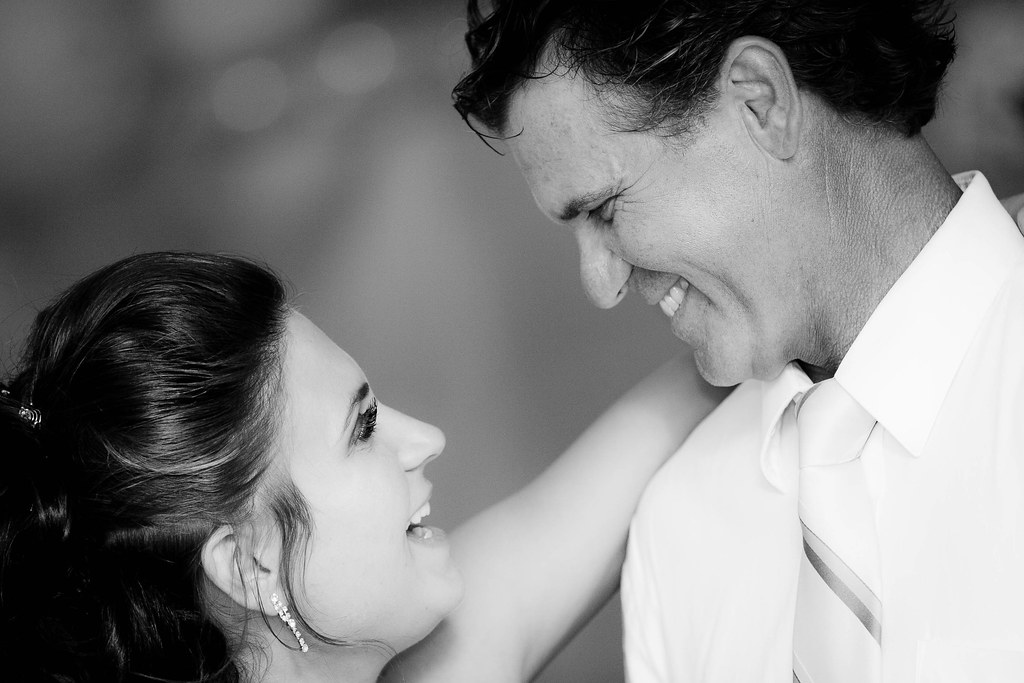
The term “ghost” is self-explanatory, but maybe it’s worth a note that I’m attaching the term to the category because they are moving and working like that – i.e. going “unnoticed”.
They don’t draw the attention to themselves, quite the opposite really. It's like doing candid photography in the middle of a crowd which knows you are there, but they aren’t noticing you since you are minimizing the interaction with your subjects/clients.
Bear in mind, you don’t achieve that just by not talking. It is more of a statement, “ghost” photographers usually dress subtly, they wear clothes that are appropriate but don’t draw attention, they let the clients know how they operate, and why.
That’s how they get their clients to practically ignore them enough in order to get the shot, but know that they are there and they are doing their job.
Of course, many clients want some posed shots, and these type of photographers will get them too – think of it as more of an 80/20 split between styles/photos.
Summary
Ghost photographers are those who take event photography to another level, they introduce art into the usual routine. From what I see and read, the demand for this kind of photographer is largely increasing.
I guess it is probably due to the fact that smartphones are getting quite good, and those posed shots are pretty easy to capture nowadays, with astonishing quality even.
So, you as a photographer need to offer something more. I’m not saying that a smartphone can replace a professional camera, I’m just saying that it could be good enough for the clients, but they will probably want more, they will want value for their money.
If they can make the same shots you provide with their smartphones, you need to get back to the proverbial drawing board and re-think how you can improve next time because clients want photographs they can't take themselves.
Event Photography Tips And Techniques For Ghost Photographers – Top Takeaways
- You don't have to decide right now which type you are, but you'll likely be more comfortable being more of a strategist and talker than a quiet wanderer.
- Remember that your client will want you to be getting those shots that others just cannot recreate, get interactions, genuine emotion/gestures as well as some more intentional posed shots – keep it varied.
- Also, take note that if you choose to perform as a less conspicuous photographer, it doesn't mean you're mute. You still have to talk to people and your client, ensure people are comfortable and that at the end of the day, you are friendly and people feel comfortable in your presence.
Further Resources
- What You Need to Know About Event Photography BEFORE You Take That Gig by Dzvonko Petrovski
- Your Dream Photography Job Is Just One Masterful Pitch Away by Tiffany Mueller
- Breaking into the Business of Photography by Lightstalking
- Use Your Social Skills For Intimate Photographs by Federico Alegria
Further Learning
If you’re considering moving into Event Photography,
head on over to check out this Professional Guide: Steele Training Event Photography

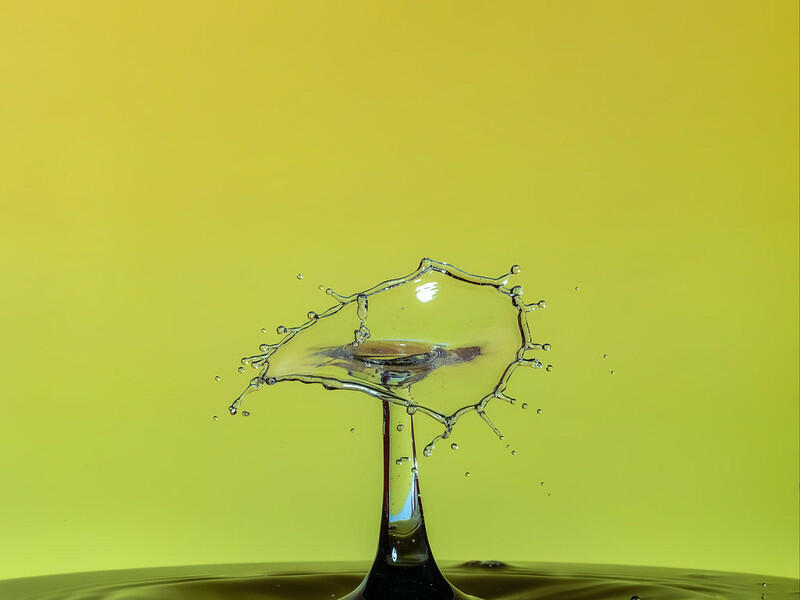
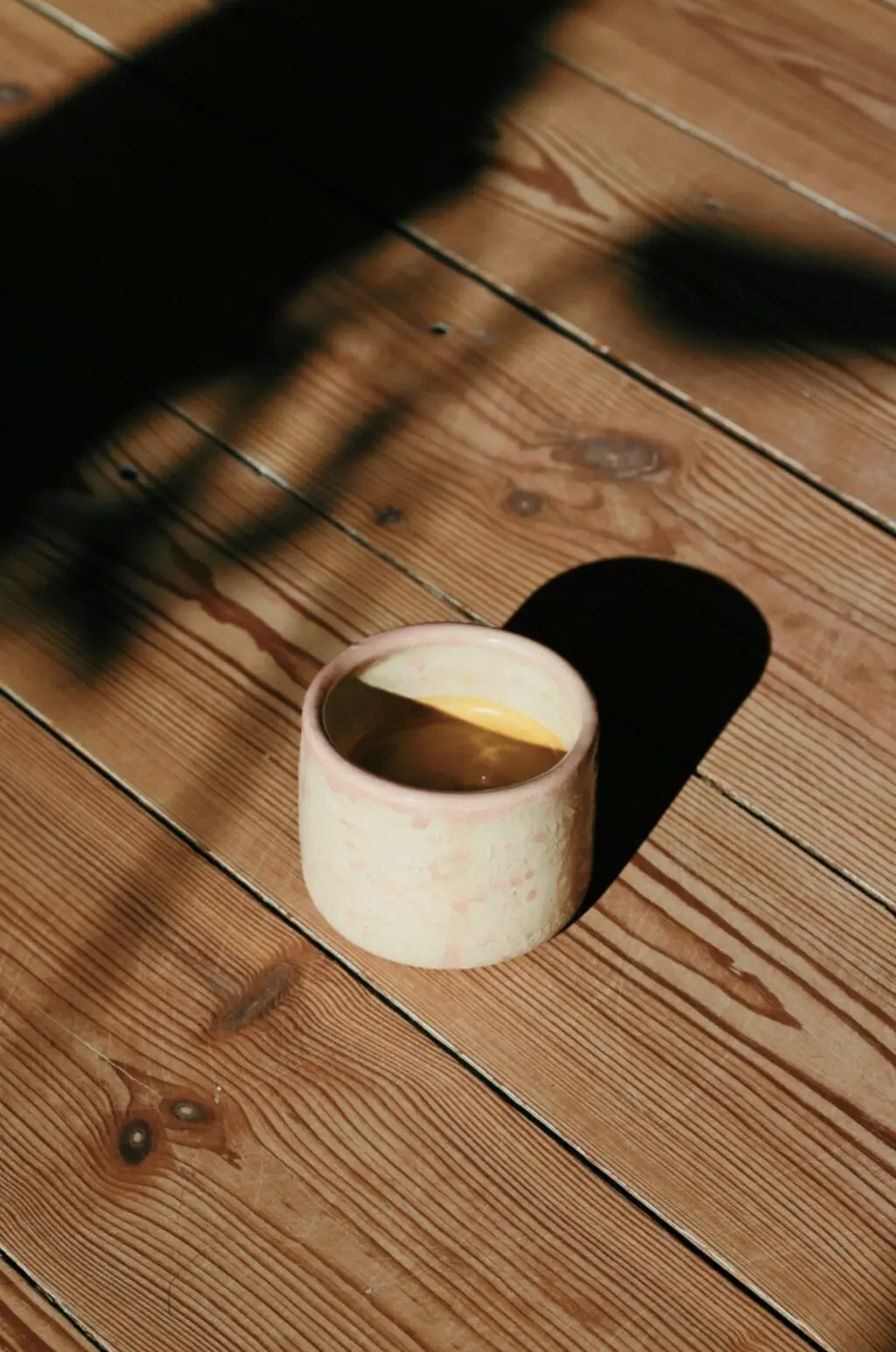
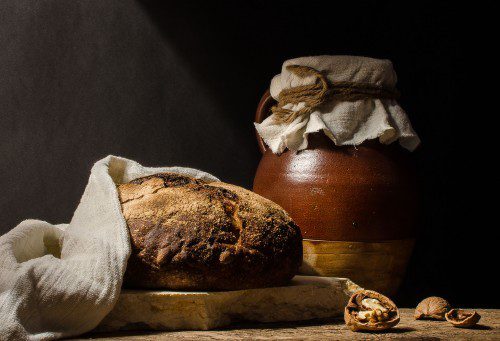
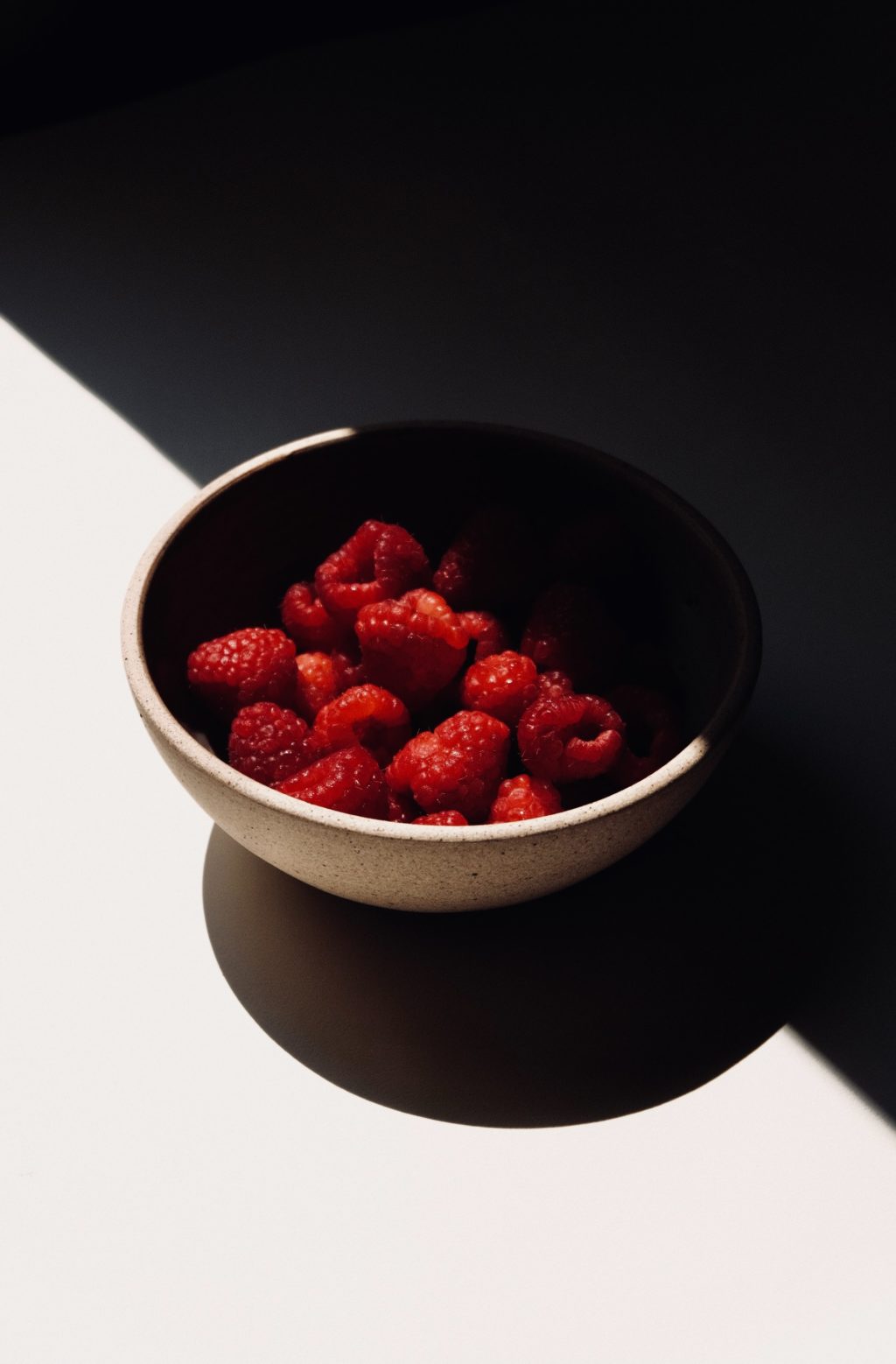
1 Comment
“Ghosting” is the way to do it. Photography is all about emotions and you need to capture your subjects in their “natural habitat”. This technique gives you freedom to reach down to your creative roots and make the most with what you got in front of you. Let’s be honest, you will have the chance to be a big talker because people will ask to have their photo taken.